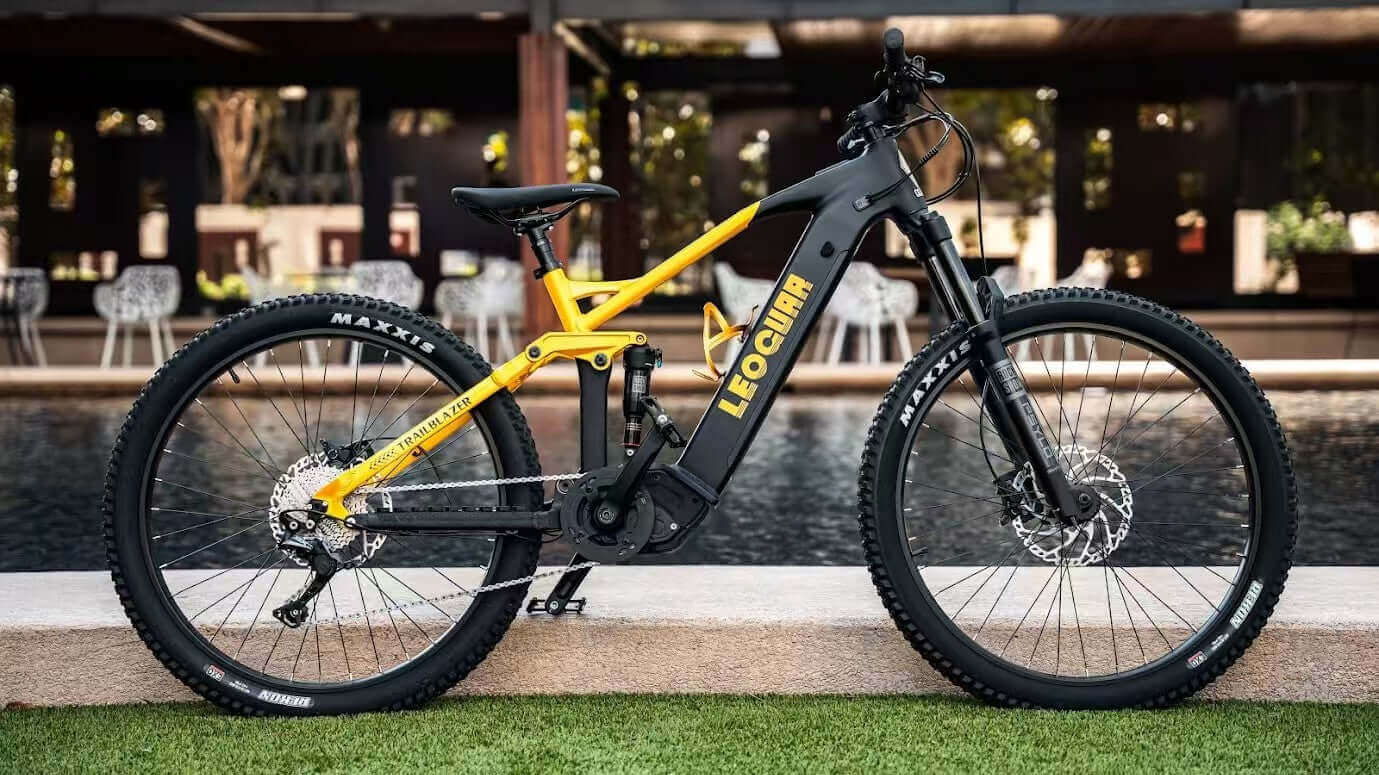
Electric Bicycle Laws by State: What Every Rider Should Know
Confused about e-bike regulations by state? This guide breaks it down. The electric bike, or e-bike, has surged in popularity, offering a convenient, eco-friendly, and often exhilarating mode of transportation. From urban commuters to recreational trail riders, the appeal of e-bikes is undeniable. However, navigating the laws for electric bikes can be complex, as regulations vary significantly across the United States. This article aims to provide a comprehensive overview of state-specific e-bike laws, equipping riders with the knowledge necessary for safe and legal operation. Understanding these laws is crucial for avoiding fines, ensuring personal safety, and contributing to the responsible growth of e-bike usage.
At the federal level, e-bikes are classified into three distinct categories by the Consumer Product Safety Commission (CPSC), which is important because federal law preempts state law when it comes to the definition of an e-bike. These classifications are: Class 1, which are pedal-assist e-bikes with a maximum speed of 20 mph; Class 2, which include throttle-assist e-bikes also capped at 20 mph; and Class 3, which are pedal-assist e-bikes reaching speeds up to 28 mph. This standardization provides a baseline, but states often interpret and apply these classifications differently, leading to a patchwork of regulations.
| Class | License Required | Age Limit | Helmet Needed | Where Legal |
|---|---|---|---|---|
| Class 1 | No | Varies by state | Usually for under 18 | Roads, most bike paths |
| Class 2 | Rarely | Varies | Conditional | Roads, some trails |
| Class 3 | Sometimes | Often 16+ | Often required | Roads, restricted trails |
State-Specific Laws: Variations and Key Differences
E-Bike Classes Explained and How States Interpret Them:
Many states adopt the federal class system, but some modify speed limits or impose additional restrictions. For example, some states might limit Class 3 e-bike usage in certain areas. Others may define a low speed electric bicycle category, that has less restrictions than the standard class system.
States like California have embraced the federal classifications, while others have created their own nuanced definitions, leading to inconsistencies.
Licensing and Registration:
The requirement for licenses, registrations, and insurance varies widely. Some states treat Class 3 e-bikes as mopeds, necessitating licensing and registration.
In contrast, other states exempt all e-bikes from these requirements. For example, some states require Class 3 e-bikes to be registered as mopeds, and require the rider to have a motorcycle license.
Can you ride an electric bike on the road without a license? In most states, riders can legally ride an electric bike on the road without a license—especially if the bike meets Class 1 or Class 2 standards and doesn’t exceed 750 watts.
Can You Ride an Electric Bike Without a License?
Yes, in many states, you can ride an electric bike without a license—especially if your bike falls within the federal Class 1 or Class 2 definition. These models typically do not exceed 20 mph and do not require registration.
However, some states treat higher-powered bikes or Class 3 models differently. For example, Alaska and Massachusetts require a license for some e-bikes, depending on motor wattage or top speed. In Florida, exceeding 750 watts may reclassify your e-bike as a moped, requiring registration and possibly a license.
To ride legally, always verify current electric bicycle laws by state, as licensing requirements can change depending on class, speed, and location.
Are E-Bikes Considered Motorized Vehicles?
In most states, e-bikes are not classified as motorized vehicles, allowing them to bypass certain licensing, insurance, and registration rules. However, definitions vary. For example, some states treat Class 3 e-bikes or those with higher power outputs similarly to mopeds. Understanding whether your e-bike qualifies as a motorized vehicle is essential for compliance with electric bicycle laws by state.
States Requiring Licenses or Registration for E-Bikes:
Although most states don’t require a license to ride an electric bike, some do—especially for Class 3 models or bikes that exceed power/speed thresholds.
States that currently require an operator’s license include: Alabama, Alaska, Connecticut, Hawaii, Louisiana, Massachusetts, Missouri, New Jersey, New Mexico, North Dakota, West Virginia, and Wisconsin. Similarly, registration is required in states like Alabama, Alaska, Hawaii, Louisiana, Massachusetts, New Mexico, North Dakota, West Virginia, and Wisconsin.
Always double-check local DMV guidelines, as these requirements can change quickly under electric bicycle laws by state.
Age Restrictions:
The age for electric bike operation varies by state, making this one of the more inconsistent aspects of electric bicycle laws by state. Some states impose minimum age requirements for operating Class 3 e-bikes, while others have no such restrictions.
Some states tie age restrictions to road usage.
How Old Do You Have to Be to Ride an Electric Bike in New York?
In New York, riders must be at least 16 years old to operate an electric bike on public roads. This applies across all three e-bike classes, including Class 3, which is often used for commuting.
Unlike some other states that do not specify an age limit for Class 1 or 2 e-bikes, New York’s policy applies a consistent minimum regardless of class. Helmets are also required for Class 3 e-bike riders. This is part of a broader effort to enhance rider safety while aligning with evolving e bike regulations by state.

Helmet Laws:
Helmet laws also vary, with some states requiring helmets for all e-bike riders, while others only mandate them for minors or specific classes. Many states have no helmet laws for adults riding e-bikes.
In some states, wearing a helmet is always mandatory, regardless of rider age or e-bike class. These include states like Connecticut, Florida, Maryland, and Washington. Others enforce helmet rules only under certain conditions, such as for minors or Class 3 bikes—like California and New Jersey. Meanwhile, states such as Texas, Illinois, and Arizona have no mandatory helmet requirements for any age or class.
Refer to local statutes to ensure compliance with electric bicycle laws by state, especially when riding on mixed-use roads or trails.
Can You Ride an E-Bike on Roads, Sidewalks, and Trails?
Restrictions on e-bike usage on bike paths, sidewalks, and trails are common. Some states prohibit e-bikes on certain trails, while others allow them with restrictions. Mountain bike trails are a source of great variation, with some states allowing all classes, and others only allowing class 1.
Sidewalk access is one of the most variable parts of electric bicycle laws by state.
- States like Arizona, Colorado, Kentucky, and Virginia allow sidewalk riding.
- Others—California, Michigan, and Texas—permit it only in some cities.
- And many states, including New York, Massachusetts, and Illinois, completely prohibit sidewalk riding for electric bikes.
Because sidewalk laws often come from city ordinances, always verify rules before riding through urban areas.
Are E-Bikes Allowed on Sidewalks?
Sidewalk laws vary widely across states. While somestates permit riding e-bikes on sidewalks, others prohibit it entirely or restrict usage based on class. Always verify local ordinances, as sidewalk access remains a complex part of electric bicycle laws by state.
Equipment Requirements:
Many states require that e-bikes have proper lighting, reflectors, and functioning brakes. Some states have additional requirements, such as mirrors.
Which States Use the Three-Class E-Bike System
As of now,36 states and Washington D.C. have officially adopted the three-class system for electric bicycles. These include states like California, Florida, Texas, and New York.
However, some states, such as Alaska, Massachusetts, and Pennsylvania, use alternative definitions like “motor-driven cycle” or “pedalcycle with electric assist.” This difference directly impacts what’s legal to ride and where—so understanding electric bicycle laws by state is essential before heading out.
Notable State Examples
California:
California's clear classification system has served as a model for many other states. Class 3 e-bikes are legal, but their usage is restricted in certain parks and on specific trails.
A common question is whether 1,000 watt e-bikes are legal in Florida. While Florida allows low-speed electric bicycles, bikes exceeding 750 watts may be subject to moped classification, requiring additional registration or restrictions. Riders should check local statutes to confirm legality by wattage class.
New York:
New York City's e-bike regulations have been particularly complex, with legal battles and fluctuating policies. The state is making strides to clarify rules, and class 3 e-bikes are legal, with some restrictions.
Colorado:
Colorado has taken a proactive approach to managing e-bike usage on trails, balancing recreational access with environmental concerns. The state has been working to clearly define what trails each class of e-bike is permitted on. Notably, Colorado has specific regulations regarding class 3 e-bikes on trails, generally restricting their use.
Florida:
Florida has a category of "low speed electric bicycle" which has less requirements than the federal class system. Class 3 e-bikes are legal on roads, but local ordinances can restrict their use on paths and trails.
Other states:
Many states are still in the process of defining their e-bike laws. This creates a constantly shifting landscape for e-bike riders.
Case Study: What States Allow E-bike Class 3
Class 3 e-bikes, with their higher speeds, present unique regulatory challenges.
Many states allow Class 3 e-bikes on roads and in bike lanes, but restrictions are common when it comes to shared-use paths and trails.
States like Arizona, and many others, generally allow Class 3 e-bikes on roads and bike lanes, treating them similarly to regular bicycles.
States with greater Restrictions:
States such as Colorado implement much greater restrictions concerning class 3 e-bike use on many trails. Often, those states treat class 3 e-bikes closer to motorized vehicles in trail access.
Some states have specific age restrictions for operating Class 3 e-bikes, reflecting safety concerns. It's important to remember that local ordinances can further restrict Class 3 e-bike usage, so riders must always check local rules.
States that allow Class 3 e-bikes include California, New York, and Florida, though usage is often limited to roads and dedicated bike lanes. Trail access may vary by local ordinance.
What States Allow Class 3 E-Bikes on Trails and Roads?
Class 3 e-bikes are permitted on roads and bike lanes in most states that follow the three-class system. States like California, Arizona, and Florida allow Class 3 e-bikes on public roadways, although some limit access to bike paths or trails based on speed and motor assistance.
When it comes to trails, access is more restricted. For example, Colorado typically does not permit Class 3 e-bikes on natural-surface trails unless specifically authorized. Meanwhile, in states like Nevada or Oregon, local land management agencies may set their own rules regarding trail access.
Always check local ordinances and trail-specific guidelines to ensure compliance with electric bicycle laws by state.
Enforcement and Penalties
Enforcement of e-bike laws varies by jurisdiction. Local law enforcement agencies are primarily responsible for ensuring compliance. Penalties for violations can include fines, impoundment of the e-bike, and in some cases, traffic citations. Rider awareness and adherence to local regulations are crucial for avoiding legal complications.
Future Trends and Recommendations
The evolution of e-bike laws is ongoing, driven by the increasing popularity of these vehicles. Greater uniformity across states is needed to simplify compliance and promote safety. Riders should always check local ordinances before operating an e-bike, prioritize safety by wearing helmets and following traffic rules, and stay informed about changes in legislation.
Understanding and adhering to state-specific e-bike laws is essential for responsible and legal riding. As e-bikes continue to gain popularity, clear and consistent regulations will be crucial for ensuring safety and facilitating the harmonious integration of these vehicles into our transportation infrastructure.
Frequently Asked Questions
1. Q: Are e-bikes considered motorized vehicles in the US?
A: In most states, e-bikes are not considered motorized vehicles. However, Class 3 models or high-power e-bikes may be regulated similarly to mopeds in some states. While most states do not classify e-bikes as motorized vehicles, some—including Florida and New Mexico—treat certain high-wattage models similarly to mopeds under specific e bike regulations.
2. Q: Are electric bikes allowed on sidewalks?
A: Sidewalk access varies by state and even by city. Some states permit it, while others restrict or prohibit it entirely based on class or location.
3. Q: What is the legal age to ride an e-bike?
A: The minimum age varies by state and class. Class 3 bikes often require riders to be at least 16 years old, but laws differ significantly across jurisdictions.
4. Q: Are 1000W electric bikes legal in Florida?
A: In Florida, e-bikes over 750W may be classified as mopeds, requiring registration and a license. Always confirm with local DMV rules.
Data Sources & Methodology
The content in this article is based on state-level vehicle code summaries from the PeopleForBikes coalition and individual DMV websites. Where states do not follow the federal class system, definitions were interpreted directly from official code.
To stay aligned with evolving electric bicycle laws by state, we regularly review legislative updates and safety recommendations.
Legal Disclaimer
The information provided in this article is for general reference only and does not constitute legal advice. Electric bicycle laws by state can change frequently due to evolving regulations and local ordinances. For the most accurate and up-to-date information, always consult your state’s Department of Motor Vehicles (DMV) or official transportation authority.




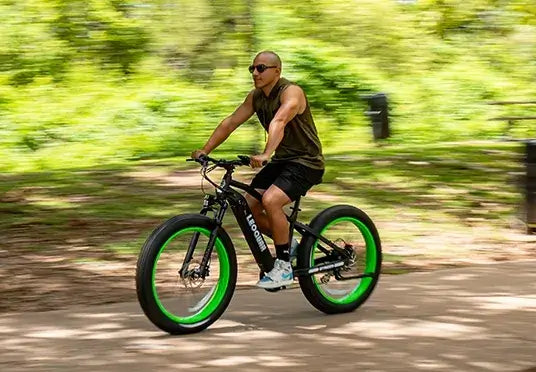

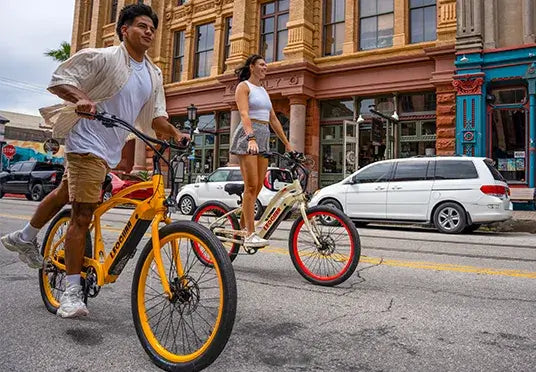
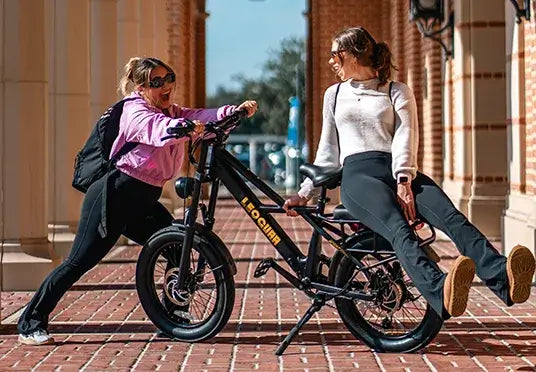
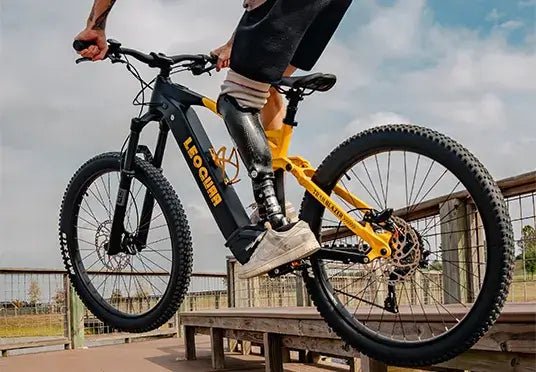

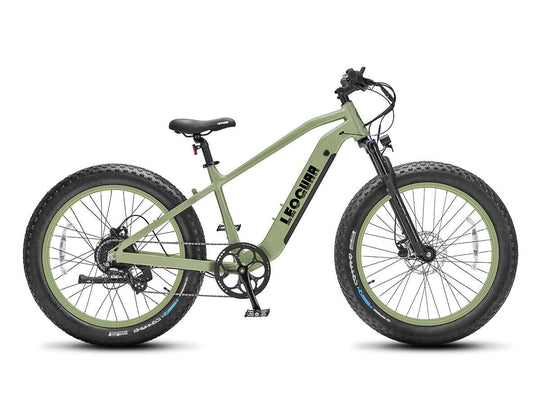
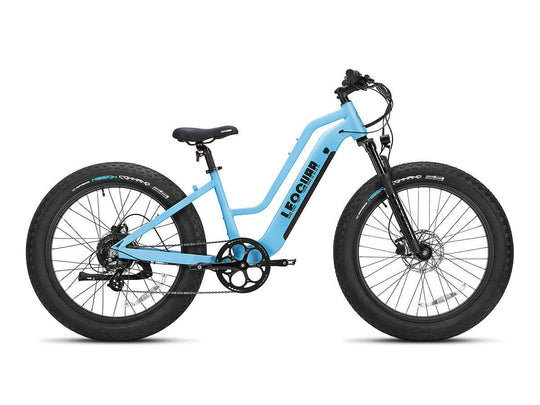
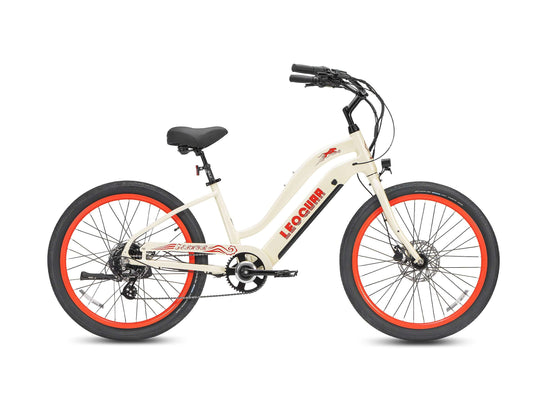
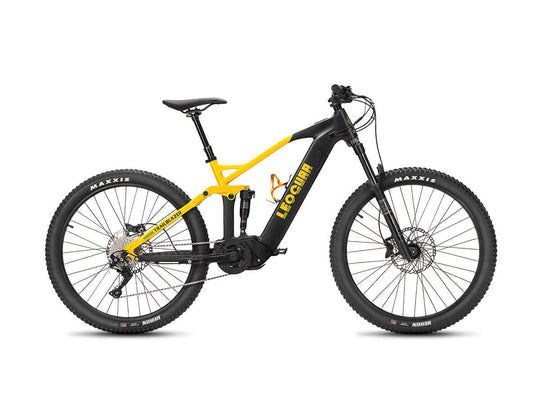

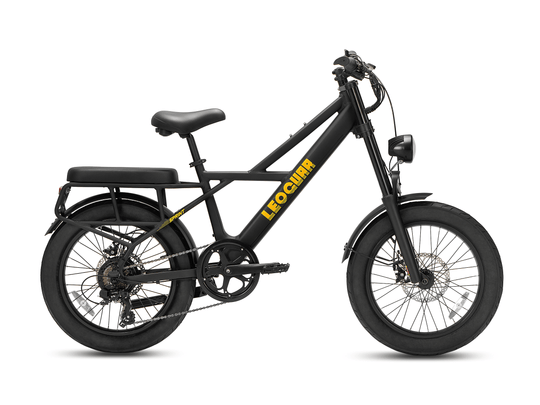

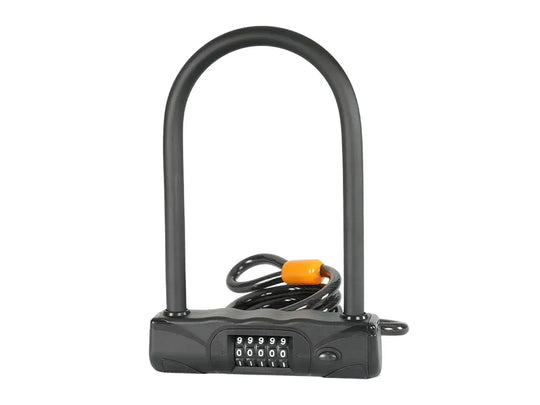

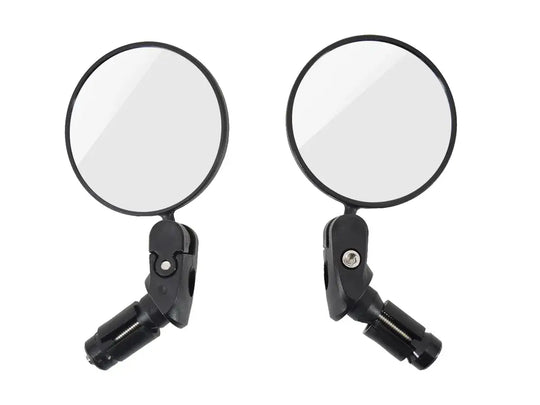










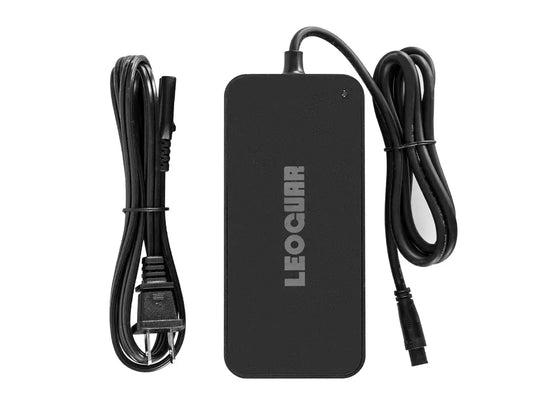
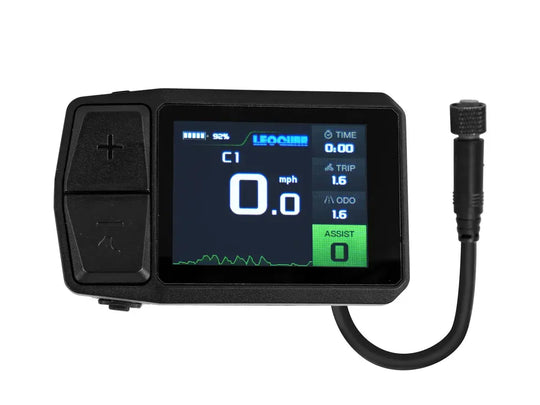








Leave a comment